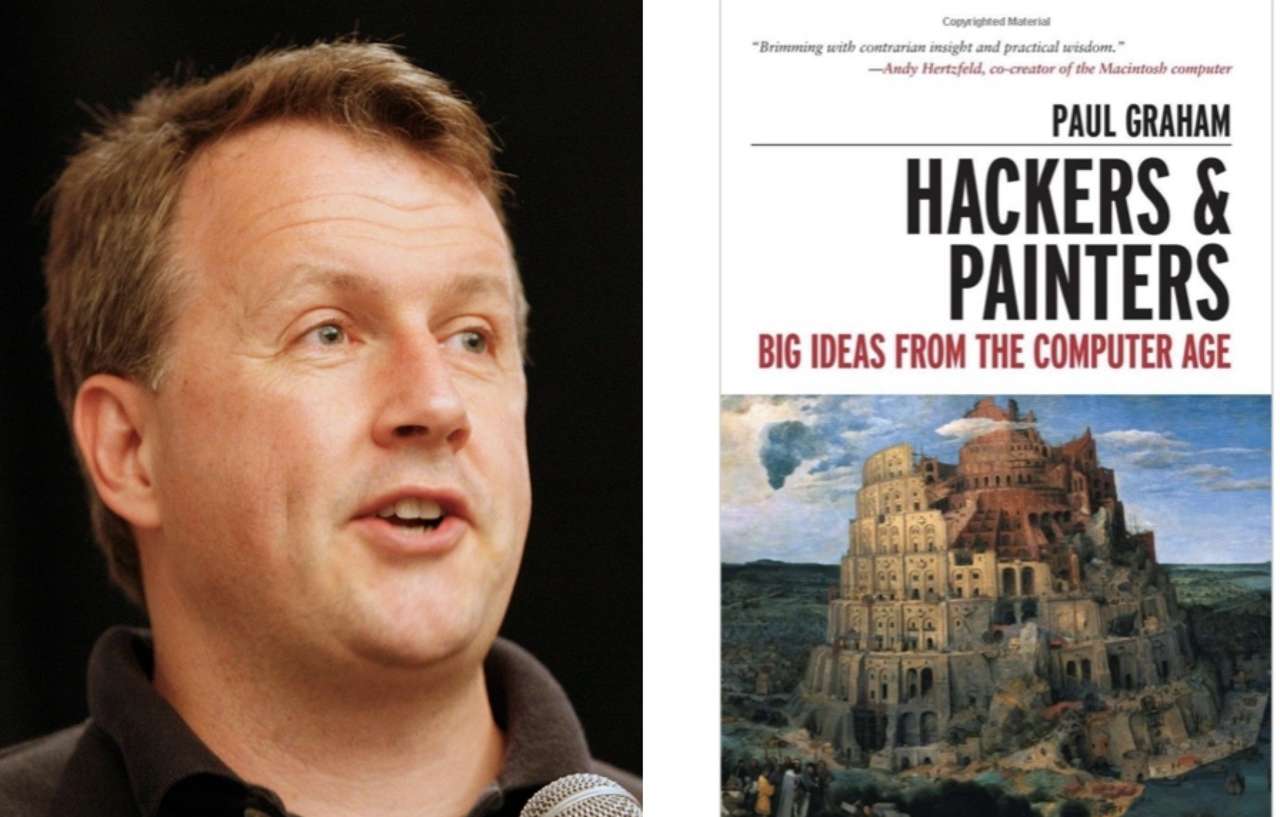
In his book Hackers & Painters, Paul Graham asserted, “The disparity in the efficiency of languages is becoming more pronounced, hence the rising importance of profilers. Currently, performance analysis isn’t given the attention it deserves. Many still seem to hold onto the belief that the key to accelerating program execution lies in developing compilers that generate faster code. As the gap between code efficiency and machine performance widens, it will become increasingly apparent that enhancing the execution speed of application software hinges on having a good profiler to guide program development.” by Paul Graham, Hackers & Painters
A Google search for “Android optimization tools” yields an abundance of related content. The issue with these results is that they either contain highly repetitive content or directly explain usage methods. Rarely do they introduce a holistic architecture, inadvertently instilling a misguided belief of “one tool fixes all”. Drawing from the extensive experience of my team, I can assert that in the realm of performance analysis, no such magic bullet tool exists. Tools evolve, old problems re-emerge in new forms, and without mastering core logic, one remains on the technological surface.
This article first systematically untangles the observability technology in performance analysis, encompassing data types, capture methods, and analysis techniques. Subsequently, we introduce the “big three” analysis tools provided by Google. The aim is to impart immutable theoretical knowledge and corresponding tools available in the Android environment to the reader. This wealth of information can facilitate a more direct application of predecessors’ experiences, circumventing unnecessary detours.



